In and around Nunnery Lane
Unlike Blossom St, The Mount and Tadcaster Rd, this area is not one for inns. It was developed for housing in the 19th century and its pubs were built in the 19th and 20th centuries.
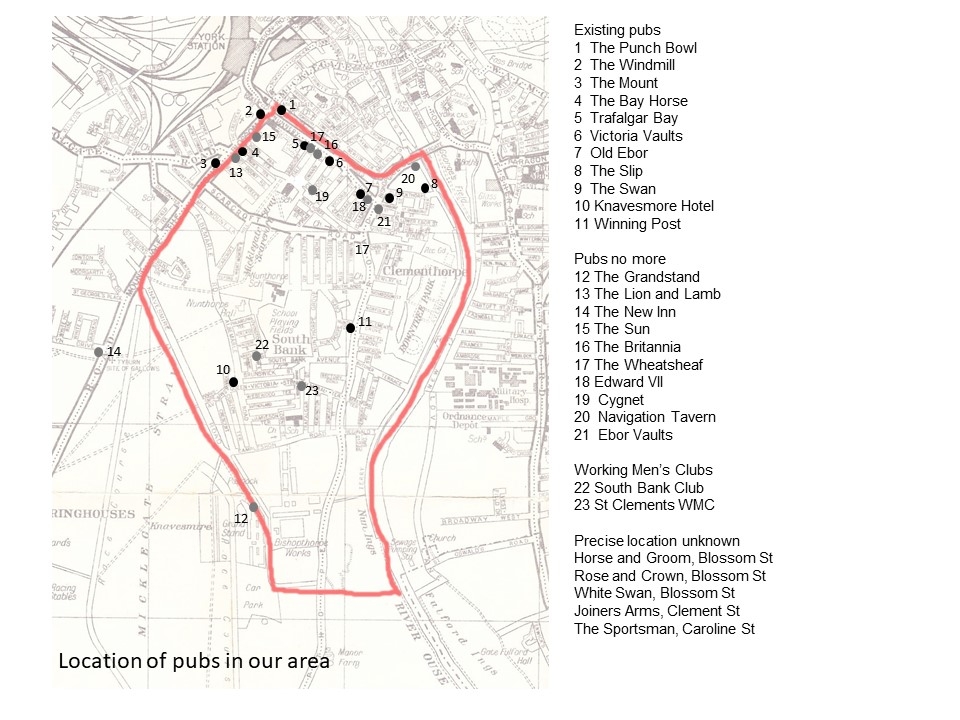
Pubs that remain
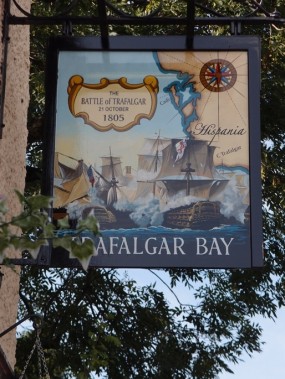 The Trafalgar Bay in Nunnery Lane. While Hugh Murray says that this pub was first recorded in 1834, the present landlady says it was founded in 1808 and I think she is right. That is because the name probably comes not directly from the famous 1805 naval battle, but from a race horse called Trafalgar, named after that battle. That horse won a big race at York in 1807, a date that supports the landlady. Nonetheless the current sign shows the area off the Spanish coast where the battle took place. But there is no feature called Trafalgar Bay - the battle was fought off Cape Trafalgar. The pub was listed in 1861 as The Newcastle Arms, but soon reverted back. In 1842 the pub had its own brewhouse and the records show it being used for inquests around that time. It was rebuilt in the 1890s, with a tiled front that has been noted as typical of the Tadcaster Tower brewery, who then owned the pub. In 1926 the licensing justices declared the pub to be redundant, but that was overturned on appeal. In the 1960s and 1970s its interior was greatly modified and opened out into a large bar, but the new owners (Samuel Smiths) later restored the older small room layout. Well established regulars apparently greeted this revision with some hostility!
The Trafalgar Bay in Nunnery Lane. While Hugh Murray says that this pub was first recorded in 1834, the present landlady says it was founded in 1808 and I think she is right. That is because the name probably comes not directly from the famous 1805 naval battle, but from a race horse called Trafalgar, named after that battle. That horse won a big race at York in 1807, a date that supports the landlady. Nonetheless the current sign shows the area off the Spanish coast where the battle took place. But there is no feature called Trafalgar Bay - the battle was fought off Cape Trafalgar. The pub was listed in 1861 as The Newcastle Arms, but soon reverted back. In 1842 the pub had its own brewhouse and the records show it being used for inquests around that time. It was rebuilt in the 1890s, with a tiled front that has been noted as typical of the Tadcaster Tower brewery, who then owned the pub. In 1926 the licensing justices declared the pub to be redundant, but that was overturned on appeal. In the 1960s and 1970s its interior was greatly modified and opened out into a large bar, but the new owners (Samuel Smiths) later restored the older small room layout. Well established regulars apparently greeted this revision with some hostility!
The Victoria Vaults. in Nunnery Lane. First recorded in 1857, when it was simply called The Victoria. The ending ‘Vaults’ was added by 1889 and is simply another word for a public bar. Now known locally as The Vicky Vaults it is a popular venue for live music. The pub was rebuilt in the 1920s or 1930s. In its original form it was sold in 1884, complete with a brewhouse, to a local wine and spirit merchant for £1,200. That is £146,000 in today’s money, much less than a modest terraced house in nearby Dale St. There was some excitement in the 1990s, when modifications were made without permission from the licencing justices. Local people apparently feared that the owners were trying to attract drinkers from the then notorious and nearby Micklegate Run, a boisterous regular weekend pub crawl. The cost of putting the pub back to its earlier condition was reported in 1995 in the local press to be £75,000 (£141,000 in today’s money). The press stated that “it has been gutted” and was “in a terrible state”.
The Old Ebor in Nunnery Lane. Recorded before 1869 as a beerhouse. The word ‘Old’ was added to distinguish the pub from others with ‘Ebor’ in their names, including one in our area, fairly close by. Like many other basic pubs, the toilet was initially shared between the landlord’s family and customers. A full licence was granted in 1957, following the surrender of one in Micklegate. In 2012 the local press reported a possible conversion into flats but that came to nothing.
Pubs that have gone
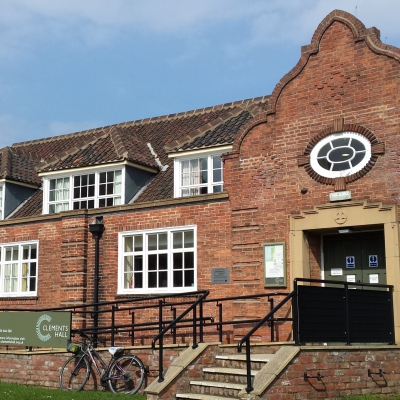
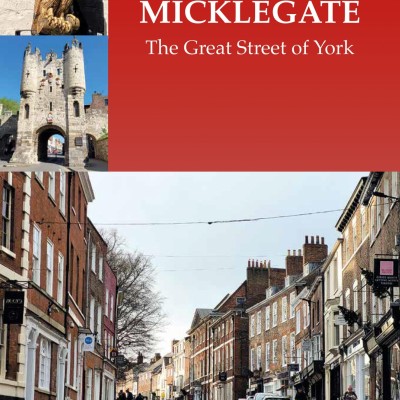
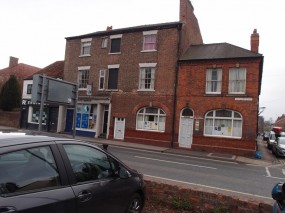 The Britannia in Nunnery Lane. First recorded in 1837. Around 1902 it expanded into a butcher’s shop next door (as did the Punch Bowl just up the road) and you can see that the pub was then formed from two buildings of differing heights. The lower window of the shop was remade, to match that in the pub and present a unified appearance. The Britannia closed in 1969 and a few years later the building was bought by Neil Guppy to become the Enterprise Club, one that can still serve alcohol to its members. The building still looks much as it did when it was a pub. According to Neil, the outside route to the pub’s gents was so long that the lower parts of the walls en-route were painted with bitumen, to allow for relief before arrival! I have my doubts about this. Like many pubs it had a ‘Bottle & Jug’ just inside the entrance and the lovely old stained-glass sign still remains.
The Britannia in Nunnery Lane. First recorded in 1837. Around 1902 it expanded into a butcher’s shop next door (as did the Punch Bowl just up the road) and you can see that the pub was then formed from two buildings of differing heights. The lower window of the shop was remade, to match that in the pub and present a unified appearance. The Britannia closed in 1969 and a few years later the building was bought by Neil Guppy to become the Enterprise Club, one that can still serve alcohol to its members. The building still looks much as it did when it was a pub. According to Neil, the outside route to the pub’s gents was so long that the lower parts of the walls en-route were painted with bitumen, to allow for relief before arrival! I have my doubts about this. Like many pubs it had a ‘Bottle & Jug’ just inside the entrance and the lovely old stained-glass sign still remains. 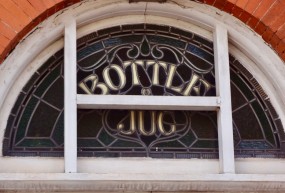
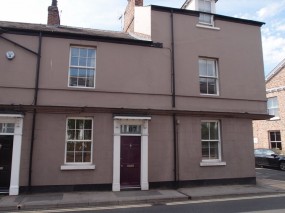 The Edward VII in Nunnery Lane. A beerhouse, first recorded in 1863 when it was known as Wright’s House. It got its eventual name in 1903 in honour to the then new king. At the same time it was granted a full licence at the fourth time of asking. The earlier refusals being because of the (undoubted) proliferation of nearby pubs. In 2013 it closed and was converted into housing.
The Edward VII in Nunnery Lane. A beerhouse, first recorded in 1863 when it was known as Wright’s House. It got its eventual name in 1903 in honour to the then new king. At the same time it was granted a full licence at the fourth time of asking. The earlier refusals being because of the (undoubted) proliferation of nearby pubs. In 2013 it closed and was converted into housing.
